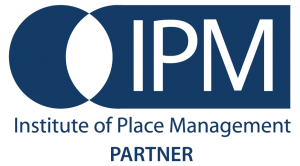Considering a career in placemaking, or simply want to know more about it?
We sat down for a quick coffee with our Event Producer Will who explained everything there is to know about this rapidly growing concept, and why it is the way forward for clients, customers and communities.
Will Garner, Event Producer at We Are Placemaking, hadn’t expected to find himself in a career in placemaking – or anything event-based for that matter.
It was while working at an art gallery in Central London that he realised he was doing events “without even realising”.
“I would organise everything from private parties, readings and films to staffing, logistics and the guest lists,” he said, “I realised that was the element of the job that I enjoyed the most.”
Covid happened and he was forced to leave his job behind. He spent 18 months working for an event company before a ‘Event Producer’ role came up at We Are Placemaking, which intrigued him.
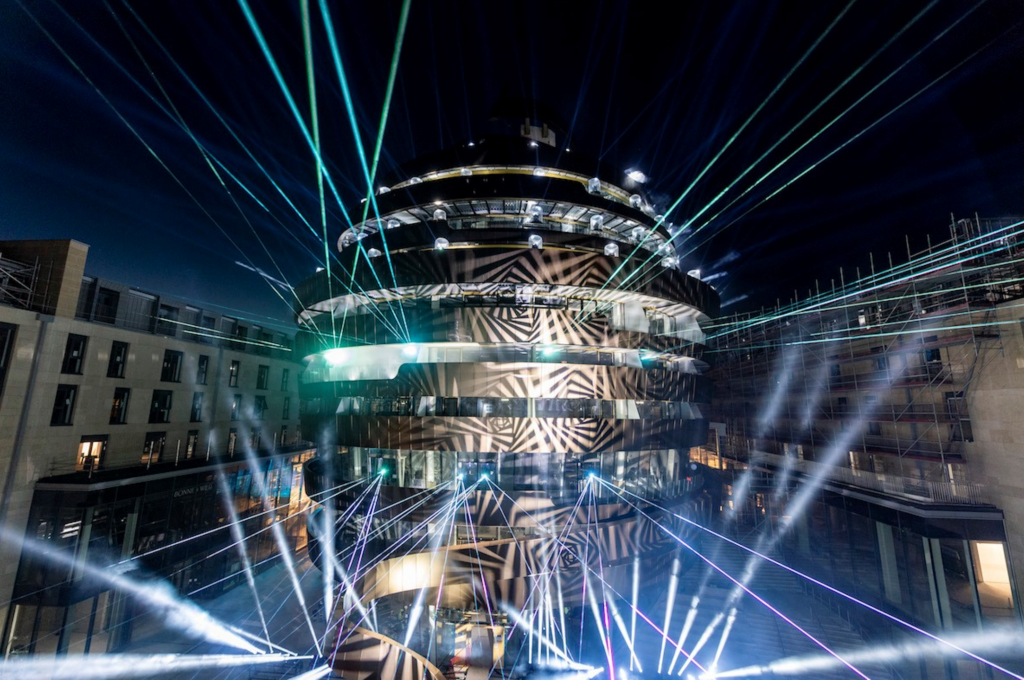
Will did his research, and realised he not only had the skills to be an excellent placemaker, but had been heading in the direction of placemaking for longer than he could have imagined.
Developers have different interpretations of what placemaking involves, but We Are Placemaking understands it as animating spaces in the public realm through creations and live experiences. This can be through activities, art installations, exhibitions and so much more.
The aim of creative placemaking changes with each project, but a common goal is often to bring people together in one space to build lasting memories, which in turn drives engagement and benefits the local economy too. We Are Placemaking puts 27 KPIs in place to ensure there are significant outcomes from each event.
“The way I look at it is not placemaking, but making a place,” Will said.
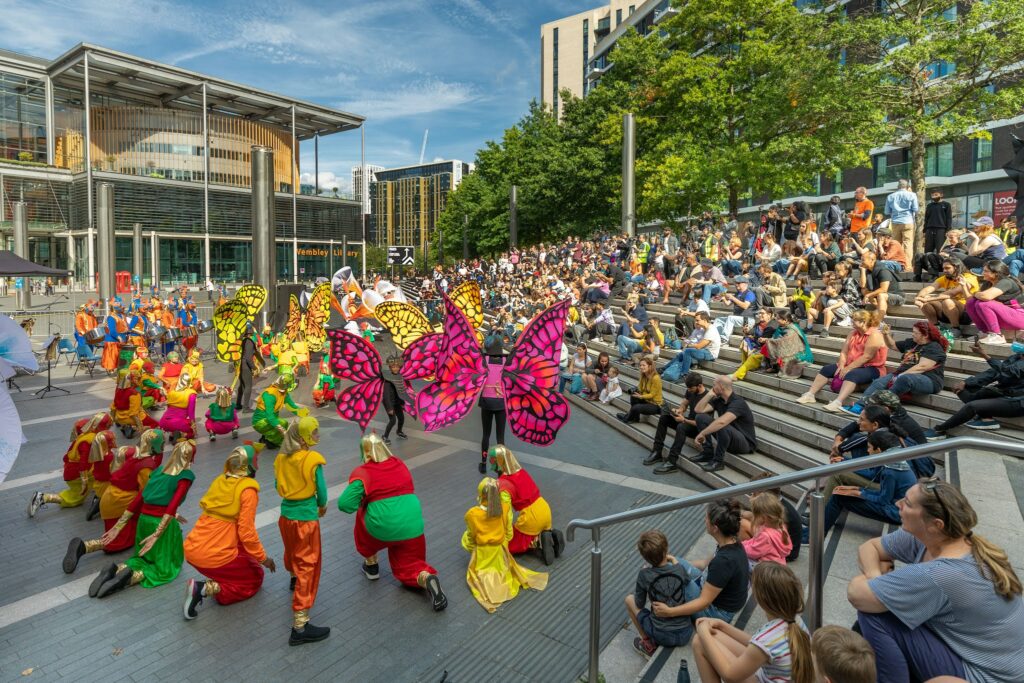
The term ‘placemaking’ initially started being discussed in the 1960s and 70s, with sociologists and architects calling for more consideration of the built environment and its impact on people.
Despite interest dating back decades, it has taken years for the term to become what it is now.
What’s more exciting though, is that placemaking is still growing and being defined each day.
“Placemaking is up and coming with more and more people doing it,” Will said, “If you read into placemaking, it is the new way forward.
“The more I researched it, the more it felt like the next step in event production.
“It’s about making a place better for the public, increasing dwell time, and making people want to go to a space. I think that’s great,” Will continued, “Plus, at the end of the day, it’s simply more sustainable.”
While the events industry is notorious for its negative impact on the environment, placemaking proves this does not have to be the case.
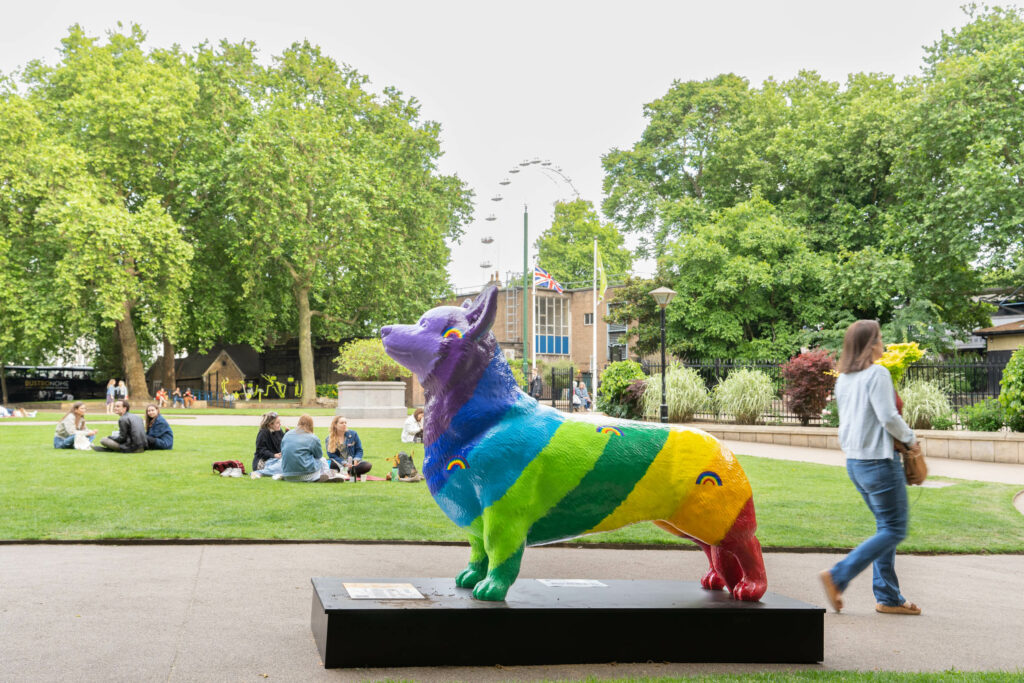
As Phil Myrick writes for Project for Public Spaces: “Placemaking is the nexus between sustainability and livability: by making our communities more livable, and more about places, we also are doing the right thing for the planet.”
“Placemaking provides concrete actions and results that boost broader sustainability goals such as smart growth, walkability, public transportation, local food, and bikes, yet brings it home for people in tangible, positive ways.”
And it’s not just the placemakers trying to convince us of it: dozens of research papers will tell you the same. Looking at examples of placemaking in Ohio, this study found that placemaking can and should be used to support sustainable planning.
Will has seen first-hand how sustainability is considered when planning for an activation. Working closely with a multidisciplinary creative design team, We Are Placemaking created ‘The People’s Tree’ for a Christmas installation in Coal Drop’s Yard – a multi-coloured, interactive installation featuring playful dynamic light effects powered by the actions of visitors and passers-by. The activation proved so successful that the company was asked to do this again the following year – reimagining the same structure to create ‘The Terrarium Tree’, a 28 ft tall installation made up of 168 mirror balls and 70 living terrariums – all 70 of which were rehomed after the event. This is just one example of the company’s London placemaking projects, with many others extending across the UK and even further afield.
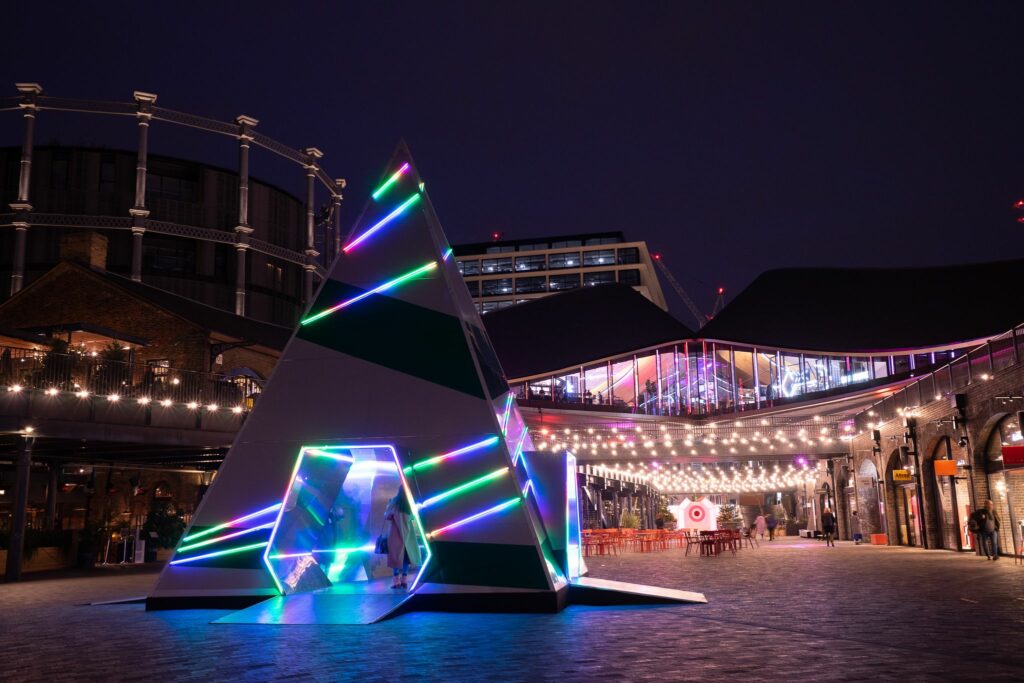
So, less than a year into placemaking, Will feels his role has already inspired him and enhanced his skills in so many ways.
“I have found it enlightening and character building,” Will said, “It’s made me more event savvy.
“Now, I can juggle 4,5,6,7,8 events at a time.”
Whether it be liaising with clients, creating concepts, contacting suppliers, putting together budgets or managing (multiple) events – no week as a placemaker is the same.
For anybody looking to pursue a career in placemaking, Will said: “You need to be a grafter and you need to be passionate. It takes a certain type of person to do it.
“You may have to come in early one day and finish late the next day, but you’ll get there. The pressure comes from us because we want to make it happen.
“It’s going to be hard work, but there will always be those pay off moments.”
To find out more about placemaking, get in touch with the We Are Placemaking team today.





